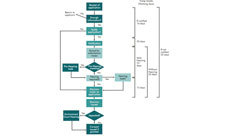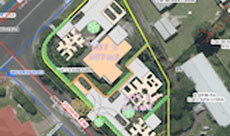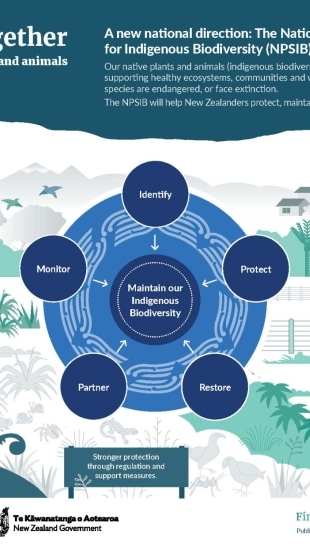National Policy Statement on Urban Development Capacity 2016

About the National Policy on Urban Development Capacity 2016
National policy statements are issued by the government to provide direction to local government about matters of national significance which contribute to meeting the purpose of the Resource Management Act 1991.
The National Policy Statement on Urban Development Capacity 2016 (NPS-UDC) is about recognizing the national significance of:
- urban environments and the need to enable such environments to develop and change
- providing sufficient development capacity to meet the needs of people and communities and future generations in urban environments.
The NPS-UDC was developed by the Ministry for the Environment and the Ministry of Business, Innovation and Employment.
Why it is needed
Some urban areas in New Zealand are growing quickly. To support productive and well-functioning cities, it is important that regional policy statements and regional and district plans under the Resource Management Act 1991 (RMA) provide adequate opportunities to develop land for business and housing to meet community needs.
The 2015 Productivity Commission inquiry into ‘Using land for housing’ recommended that a national policy statement could help address the constraints on development capacity in the resource management system. The NPS-UDC forms part of the Government’s response to the Productivity Commission recommendations.
This national policy statement also forms part of the Government’s comprehensive, longer-term programme of national direction under the RMA.
What it does
The NPS-UDC directs local authorities to provide sufficient development capacity in their resource management plans for housing and business growth to meet demand.
Development capacity refers to the amount of development allowed by zoning and regulations in plans that is supported by infrastructure. This development can be “outwards” (on greenfield sites) and/or “upwards” (by intensifying existing urban environments).
Sufficient development capacity is necessary for urban land and development markets to function efficiently in order to meet community needs. In well-functioning markets, the supply of land, housing and business space matches demand at efficient (more affordable) prices.
What it requires
The NPS-UDC contains objectives and policies that local authorities must give effect to in their resource management decisions that provide direction on:
- the outcomes that urban planning decisions should achieve
- the evidence underpinning those decisions
- responsive planning approaches
- coordination between local authorities and providers of infrastructure.
Within these four, the NPS-UDC targets the more challenging requirements for urban areas experiencing the most significant growth.
Signed off
The Government has signed off on a National Policy to ensure councils in rapidly growing urban areas provide enough land for new housing and business development, Environment Minister Dr Nick Smith says.
“The National Policy Statement on Urban Development Capacity (NPS-UDC) requires councils to allow for a greater supply of houses, so prices rise more slowly and houses are more affordable. The long-term root cause of New Zealand’s housing affordability problems is insufficient land supply, especially in Auckland where median section prices increased 350 per cent from 1990 to now; building costs increased only 78 per cent during the same time.
“The NPS-UDC will require councils to base their decisions on better information, including house prices in their areas. It is also a powerful lever for those seeking additional residential zoning from councils in that they can appeal council decisions to the Environment Court on the basis the council is not meeting supply requirements,” Dr Smith says.
The NPS-UDC takes effect on 1 December and the biggest councils experiencing high growth will be most affected, including Auckland, Christchurch, Tauranga and Hamilton. Smaller, fast-growing cities such as Nelson and Queenstown will also be affected.
“It also requires local authorities and infrastructure providers to better co-ordinate the provision of services needed to support housing and business growth,” Dr Smith says.
“This Urban Development NPS has been delivered in less than nine months – far less than the standard time of three years. This reflects the importance of action on housing and the increased emphasis on the use of national Resource Management Act (RMA) tools. It sits alongside the new Unitary Plan and the Government’s RMA reforms to address the core issue of increasing land supply.
“Today we’ve also seen building consents figures which show we’re in the midst of the longest and strongest building boom on record, with the total value of building work for the year to September 2016 hitting $18.7 billion.
“Nationally 29,935 residential building consents were issued for the year to September – an increase of 122 per cent compared with five years ago. In Auckland 9960 consents were issued, up 186 per cent on five years ago.
“It is particularly encouraging that construction work in Auckland has grown 36 per cent in the past year, to $7.2 billion.
“Just last week we announced a heads of agreement on a 104-dwelling development at New North Road in Mt Albert and turned the first sod at a 196-dwelling development in Massey East, both of which are part of our Crown Land Housing Programme. I also turned the first sod at a 1350-dwelling development in a Special Housing Area at Drury.
“This Government is step by step, development by development, getting on and addressing Auckland’s housing challenges.”


















